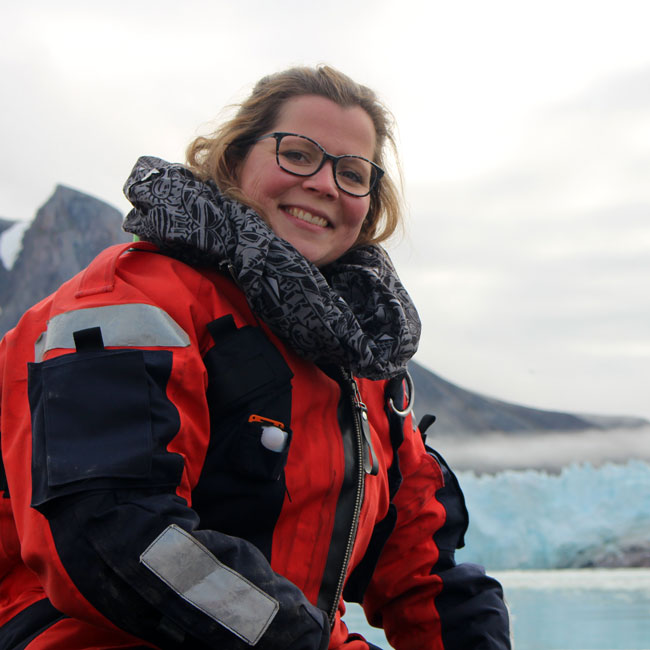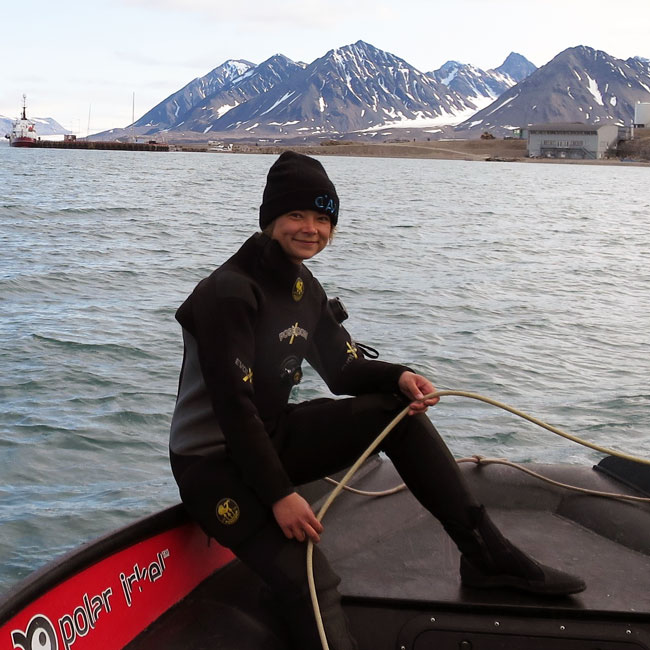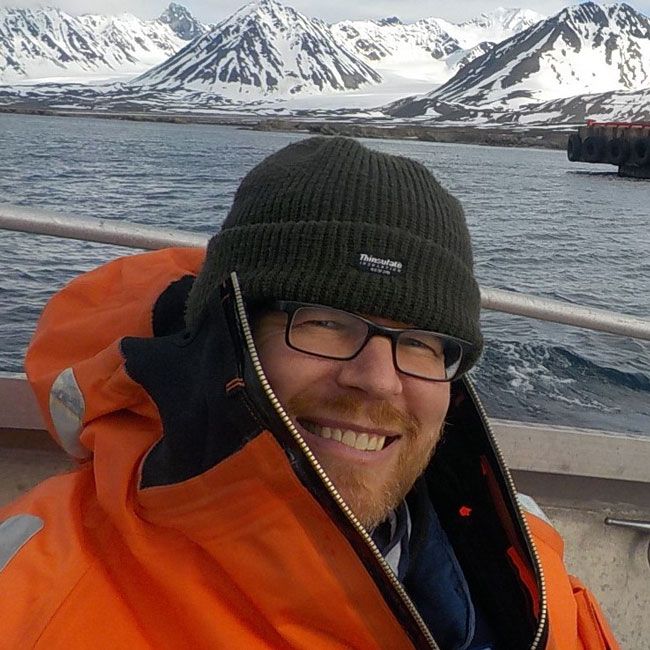Photoperiod and temperature interactions drive the latitudinal distribution of Laminaria hyperborea (Laminariales, Phaeophyceae) under climate change
[Published 12 September 2024]
Scientific Publications
Abstract
Due to global rises in temperature, recent studies predict marine species shifting toward higher latitudes. We investigated the impact of interacting abiotic drivers on the distribution potential of the temperate kelp Laminaria hyperborea. The ecosystem engineering species is widespread along European coasts but has not yet been observed in the High Arctic, although it can survive several months of low temperatures and darkness. To investigate its ability to extend northward in future, we conducted a long-term multifactorial experiment with sporophytes from Porsangerfjorden, Norway—close to the species’ documented northernmost distribution margin. The samples were exposed to three different photoperiods (PolarDay, LongDay, and PolarNight) at 0°C, 5°C, and 10°C for 3 months. Optimum quantum yield of photosynthesis (Fv/Fm), dry weight, pigments, phlorotannins, and storage carbohydrates were monitored. Both physiological and biochemical parameters revealed that L. hyperborea was strongly influenced by the different photoperiods and their interaction with temperature, while temperature alone exerted only minor effects. The Fv/Fm data were integrated into a species distribution model to project a possible northward expansion of L. hyperborea. The combination of extended day lengths and low temperatures appeared to be the limiting reason for northward spread of L. hyperborea until recently. However, with water temperatures reaching 10°C in summer, this kelp will be able to thrive also in the High Arctic. Moreover, no evidence of stress to Arctic winter warming was observed. Consequently, L. hyperborea has a high potential for spreading northward with further warming which may significantly affect the structure and function of Arctic ecosystems.
FACE-IT Scientists:
Nora DIEHL
Marine Botany, University of Bremen, Germany
ResearchGate
Nora’s FACE-IT Projects
Role in FACE-IT:
• Researcher "Biodiversity Changes"
• Researcher "Ecosystem Function Changes"
Inka BARTSCH
Alfred Wegener Institute, Helmholtz Centre for Polar and Marine Research, Bremerhaven, Germany
AWI personal page
Inka’s FACE-IT Projects
Role in FACE-IT:
• Researcher "Biodiversity Changes"
Sarina NIEDZWIEDZ
Marine Botany, University of Bremen, Germany
Sarina’s FACE-IT Projects
Role in FACE-IT:
• PhD student "Ecosystem Function Changes"
Kai BISCHOF
Marine Botany, University of Bremen, Germany
Center for Marine Environmental Sciences MARUM, University of Bremen, Germany
UBremen personal page
Kai’s FACE-IT Projects
Role in FACE-IT:
• Scientific Coordinator
• Member of the Executive Board
• Co-Leader "Policy Dialogue and Outreach"
• Co-Leader "Project Management"
• Leader "Ethical Requirements"
• Researcher "Biodiversity Changes"
• Researcher "Ecosystem Function Changes"




